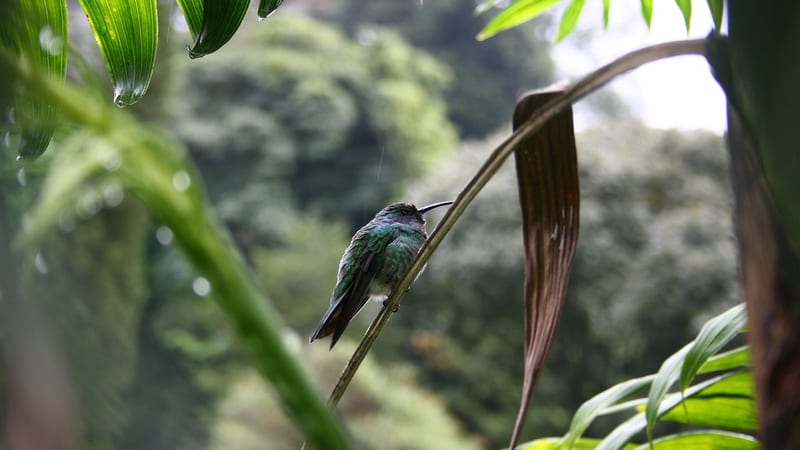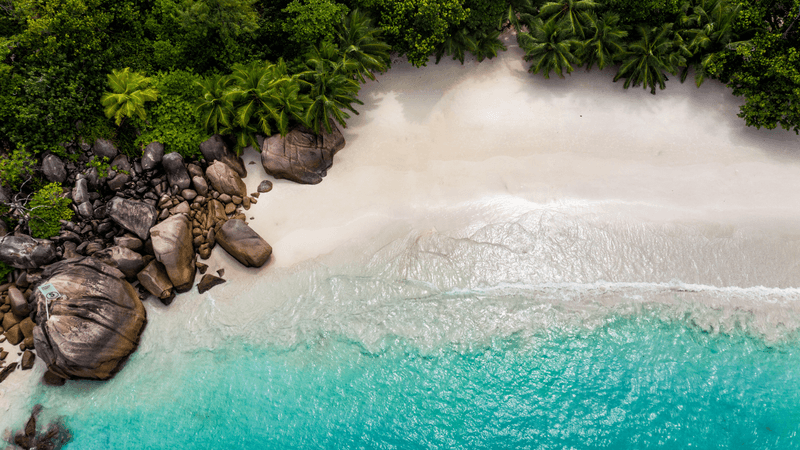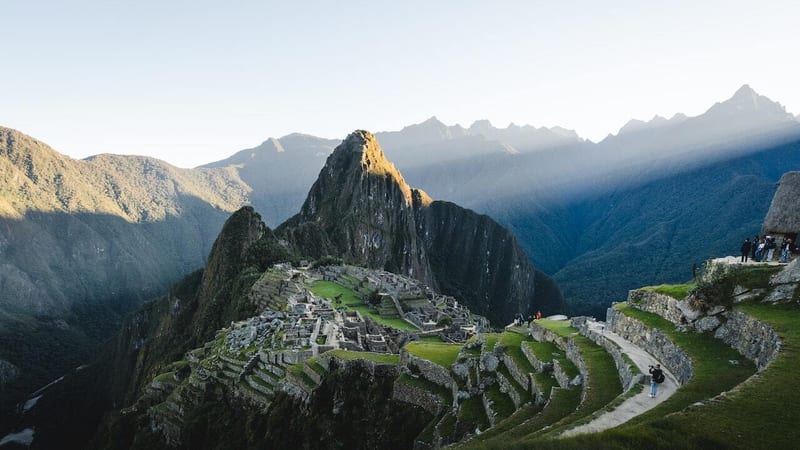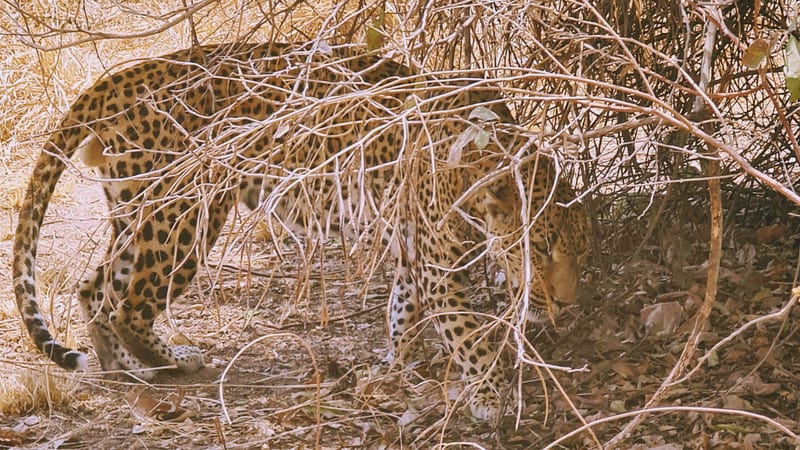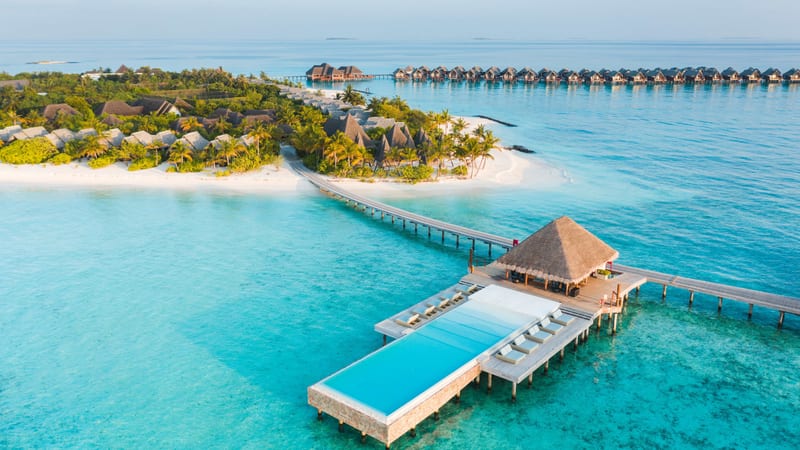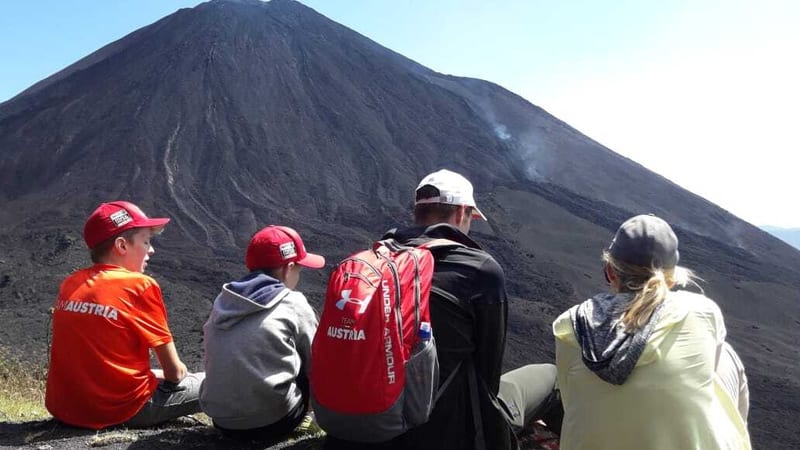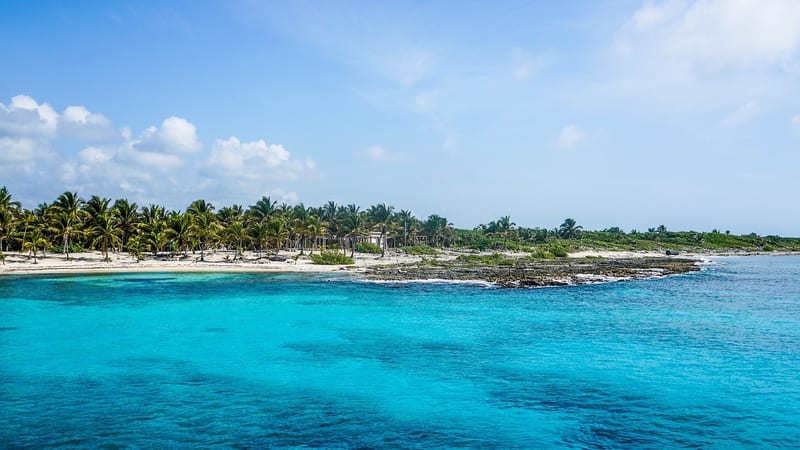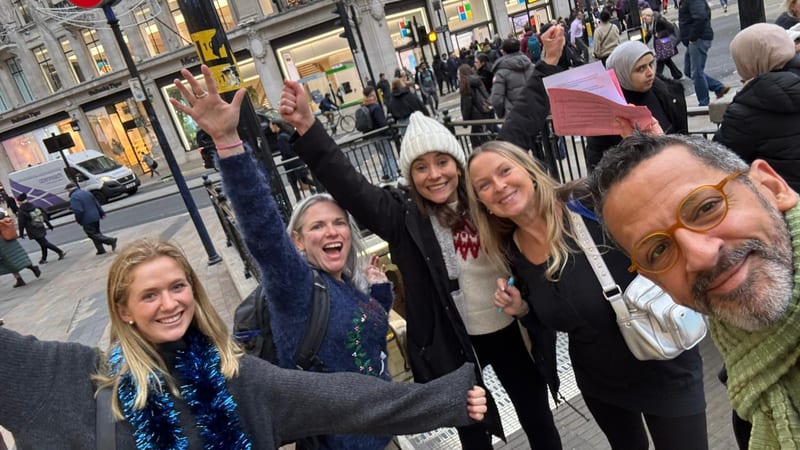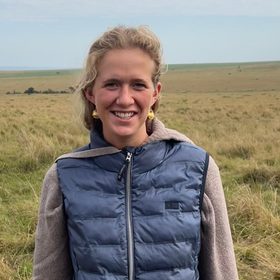Escape to Blue Zebra Island Lodge on Nankoma Island, Lake Malawi, for a serene retreat with stunning views and wildlife.
Location: Blue Zebra Island Lodge is tucked away on Nankoma Island, part of the Marelli Archipelago in Lake Malawi National Park, a UNESCO World Heritage Site. Surrounded by crystal-clear waters and flourishing biodiversity, this private island paradise offers a true escape into nature, just a short boat ride from the mainland yet a world away from it all.
Rooms: Accommodation ranges from secluded executive chalets to family cottages and safari-style tents, catering to couples, solo travellers, and families. All rooms feature en-suite bathrooms and stunning views of Lake Malawi. The Superior Family Cottage and Executive Family Chalets are perfect for groups, while honeymooners and nature-seekers will love the tranquil privacy of the Executive Chalets.
Amenities: Guests can unwind at the spa, take part in yoga sessions, and enjoy fresh, locally inspired cuisine at the poolside bar and dining area. The lodge’s design blends with the natural surroundings to offer both comfort and authenticity, creating a relaxed and welcoming island atmosphere.
Activities: Spend your days kayaking, snorkelling, paddleboarding, or setting off on a boat cruise. Nature trails offer opportunities for birdwatching and wildlife spotting, while the underwater world is ideal for observing colourful endemic Cichlid fish, including the iconic Blue Zebra.
Sustainability: The lodge operates under Lake Malawi National Park protection, working closely with park authorities to conserve local ecosystems. Every stay supports anti-poaching patrols, sustainable fishing education, and community outreach, helping protect one of Africa’s most unique freshwater environments.
Best places to stay in Lake Malawi
Lake Malawi Trip Inspiration
When to go to Malawi
Find out the best time to visit Malawi with our month by month guide.
- Best
- Good
- Mixed
- Jan
- Feb
- Mar
- Apr
- May
- Jun
- Jul
- Aug
- Sep
- Oct
- Nov
- Dec
January
January is a good time for bird watchers, migratory birds from the Northern Hemisphere flock to Malawi's National Parks. The rains are in full flow with impressive thunderstorms lighting the sky across the country regularly - many lodges around the shores of Lake Malawi will be closed during this time.
February
Rain continues to pour regularly in February. The bird watching is incredible particularly in the high altitude Nyika National Park with many flowers blooming carpeting the lower plateaus.
March
In March the weather is still somewhat unsettled with regular rains, these diminish as the month goes on. Birders will be in paradise, young birds are spreading their wings for the first time preparing for their epic journey back to the Northern Hemisphere.
April
Rains begin to subside, the sun starts to shine and temperatures increase. Wildlife viewing is good, observers can watch animals emerge across Liwonde National Park. In particular antelopes are in rut and visitors to Malawi's National Parks can experience incredible clashes between rival males.
May
Days become sunnier and cooler during May. Wildlife viewing is at its best due to less vegetation and the animals gathering together around waterholes.
June
June days are long and sunny, but it's Malawi's winter and the temperatures drop significantly at this time of year. The evenings and mornings are very cold in the highland regions, with log fires lit. The dry season means animals congregate around the Shire River in Liwonde National Park for easier access to water and rich green vegetation - large numbers of elephants can be present at this time of year due to dwindling water levels.
July
July is a perfect time to visit Malawi, skies are clear there are less mosquitoes and there's virtually no rain. Although its high season, most of the National Parks won't be crowded despite the spectacular sightings of larger elephant herds - often reaching into the hundreds!
August
In August the weather warms, with daytime peak temperatures averaging around 30°C, whilst night time averages rise to 10°C. If you want to experience large wildlife herds, this is the time of year to visit. Water is diminishing and spaces at watering holes are becoming limited leading to increasing tensions between the animals. It's an amazing time to enjoy the delights of Lake Malawi's azure waters, with temperatures perfect for watersports or relaxing in the sun lakeside.
September
Night time temperatures rise rapidly, whilst daytime averages remain in the mid 20°Cs. With clear skies and dry vegetation concentrations of animals are still great but starting to dwindle in comparison to July and August. Lake Malawi is popular this time of year, the increased wind conditions make it perfect for an afternoon sail.
October
October is a humid month, temperatures regularly rise above 40°C and night times are increasingly warm. If you want to witness the world's largest antelope, the eland, can often be seen as they start regrouping for their breeding season - with herds reaching into the hundreds it makes for an awe inspiring sight.
November
The green season, November witnesses the first few storms of the rainy season arriving. It marks the arrival of the many migratory birds from the Northern Hemisphere.
December
In December the rains become more regular, with thunderstorms occurring every few days. With lush green scenery animals can be difficult to see because of the thick vegetation and the abundance of water. But birders will have an amazing time witnessing the incoming flurry of migratory birds.
Speak to a Malawi expert today
and start planning your tailor-made holiday

Alistair

Ben





